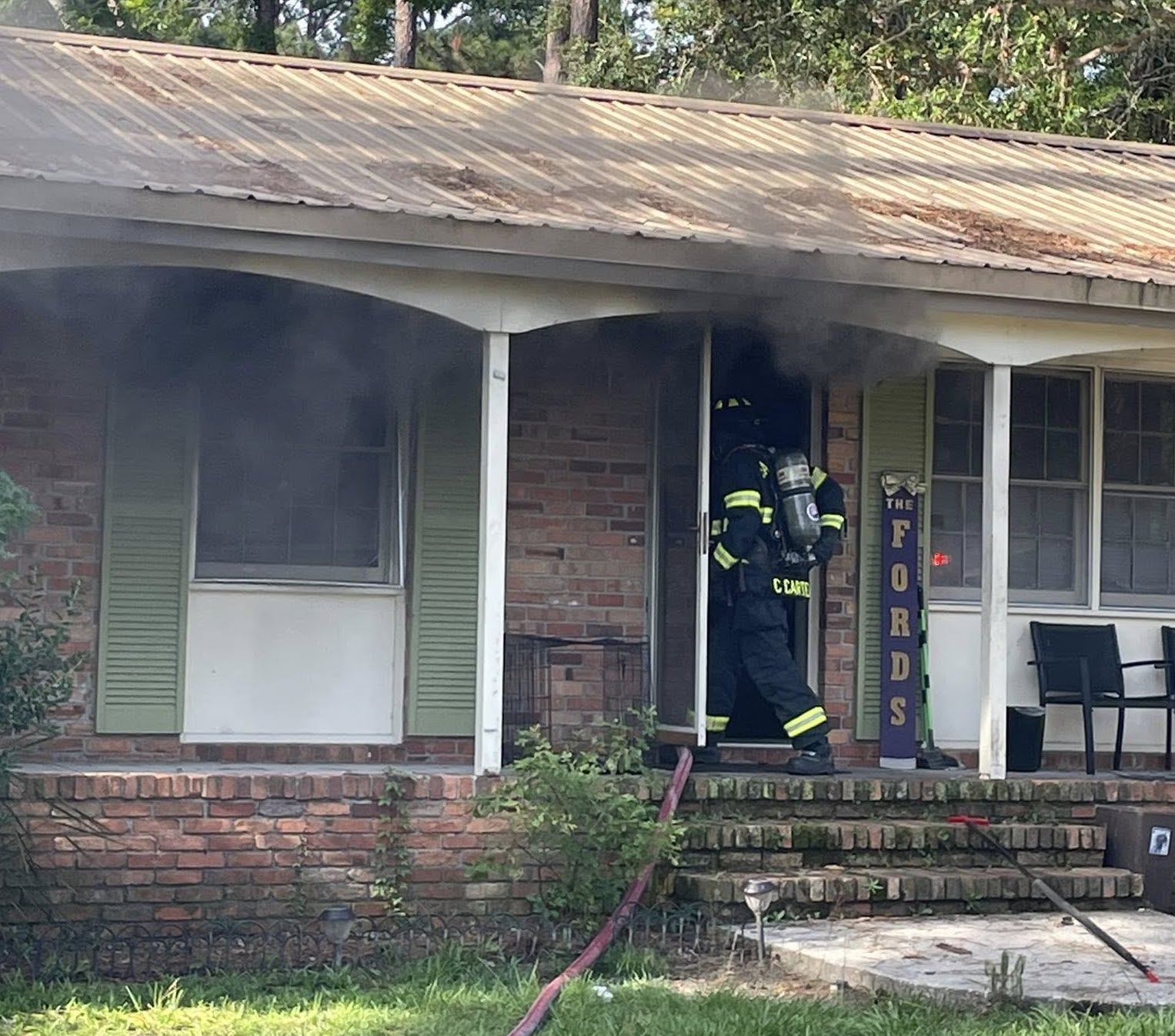Hamilton biomass plant brings jobs, controversy
Published 8:34 am Thursday, January 28, 2010
The Florida Department of Environmental Protection has issued the final permit to Adage Biopower for a 55-megawatt biomass fueled power plant to be built in Hamilton County. The company plans to begin construction within the next four months.
Adage Spokesmen Jerret Adams said his company’s goal is to “ensure healthy, sustainable forests so they will remain a renewable resource for the community as well as providing a renewable fuel source.”
The plant, to be located at State Road 6 and County Road 146, will convert waste wood to fuel.
However, some critics are challenging the company’s environmental claims.
“Clean and green? It’s anything but that, it’s dirty,” said Dr. Ron Saff, asthma and allergy specialist in Tallahassee and a member of Physicians for Social Responsibility, a non-profit advocacy group.
Others claim there is not enough of the company’s fuel of choice, “forest waste,” to accommodate the plant.
Michele Curtis of Buckeye of Florida, a pulp mill, said Adage has greatly overestimated the amount of waste wood available. “There is just not enough out there,” said Curtis.
The Adage plant in Hamilton isn’t the only biomass facility that may soon fire up its incinerators in the area. Several companies have outlined plans for new biomass plants from Gainesville to central Georgia in the hopes of creating new industry and reducing harmful emissions into the atmosphere. In fact, another biomass plant may be in the works for Hamilton County. American Renewables is seeking to build a new plant in White Springs.
The financial benefits are considerable, especially in a place like Hamilton County, where unemployment measured 12.5 percent in December.
The Adage plant, the first to receive approval by FDEP, will pay an estimated $550,000 dollars in taxes annually after 70 percent abatement during the first five years, according to Hamilton County Coordinator Danny Johnson. Johnson said Adage would also make a payment of $1.4 million dollars to the county’s school system.
The plant will create about 140-150 new jobs during construction and in the related timber industry, as well as about 25-40 greatly needed full-time jobs, said Johnson.
“Adage has promised their intentions are to be good stewards of the environment and the local community,” said Johnson.
The source
Adage plans to use up to 600,000 tons of wood, mainly “forest waste,” the term for tree limbs, roots, storm debris and tops and stumps left over after lumber is harvested.
Adage hopes to create a new forest waste market within a 50-mile radius of the plant. Supporters say this contemporary usage of an ancient source will help reduce harmful atmospheric emissions. However, its critics say this use of forest waste is unrealistic.
Buckeye’s Curtis says Adage has overestimated the amount of wood they can gather from forest waste.
“There is not enough waste material within a 50 mile radius of any plant to supply all the needs of a 55-megawatt plant,” said Curtis. “In fact, I believe there will be only enough waste material to supply 20 to 30 percent of their annual needs.” Curtis said her opinion is based on 31 years of experience as a forester.
Adage spokesmen Jerret Adams said his company has based its forest waste estimates on years of experience and extensive research.
“Our estimates are based on real world experience,” said Adams. “We will be harvesting what is otherwise considered waste for a helpful purpose for humans.”
The Florida Forestry Association agrees.
“The potential for greater wood use is a positive sign that more forests will be growing here,” said FFA Executive Vice President Jeff Doran. “To sustain Florida’s forests, landowners will need economic incentives to stay on the land. Producing a continuous supply of trees for wood, paper, energy and other products society demands is key to keeping our forests healthy and sustainable.”
Adams said the company’s use of forest waste would cut down on methane gases in the atmosphere and the risk of forest fires.
“This material would be burned or simply rot on the forest floor, in either case producing CO2 emissions,” he said.
The plant plans to supplement its use of forest waste with land clearing and storm debris, production residuals, and lumber mill and construction wood waste.
“We want to be sure to have minimal impact on the environment,” said Adams. “Biomass is considered a carbon neutral, renewable power source. By using biomass, you’re part of the carbon cycle.”
Still, some environmentalists worry about any removal of forest waste.
“Those trimmings need to stay in the forest to replenish the soil,” said environmentalist Joy Towles Ezell of Taylor County. “You’re taking all the nutrients out of the soil and in the end you won’t be able to grow anything.”
Emissions
Based on the air permit, the project will result in emissions increases of nearly 1,000 tons per year of carbon monoxide, nitrogen oxides, particulate matter, sulfuric acid mist, sulfur dioxide, volatile organic compounds, lead, hydrogen chloride and other materials.
“Biomass plants pollute the air, cause cardiac and lung conditions, and cancer,” argues physician Saff. “This is not something you want to welcome into your community.”
The Department of Environmental Protection disagrees.
“This facility is not a major source of hazardous air pollutants,” said Amy Graham of DEP. “The draft permit requires the facility to install air pollutant control equipment and measures to minimize any particulate matter emissions.”
Saff responded: “Just as there’s no such thing as a safe cigarette, there is no such thing as a safe biomass plant. The Florida Medical Association is deeply concerned about the poisonous gases that will spew from the smoke stacks.”
However, Jay Liles of the Florida Wildlife Federation said whether biomass plants are dangerous depends on the source of fuel. Although he is not directly familiar with the Adage plant, he believes biomass plants, which use forest waste, are a step in the right direction.
“I think it’s a good move for us to start looking at alternative fuel sources such as forest waste,” said Liles. “In the grand scheme of things, I think this is the right direction.”





